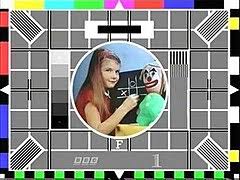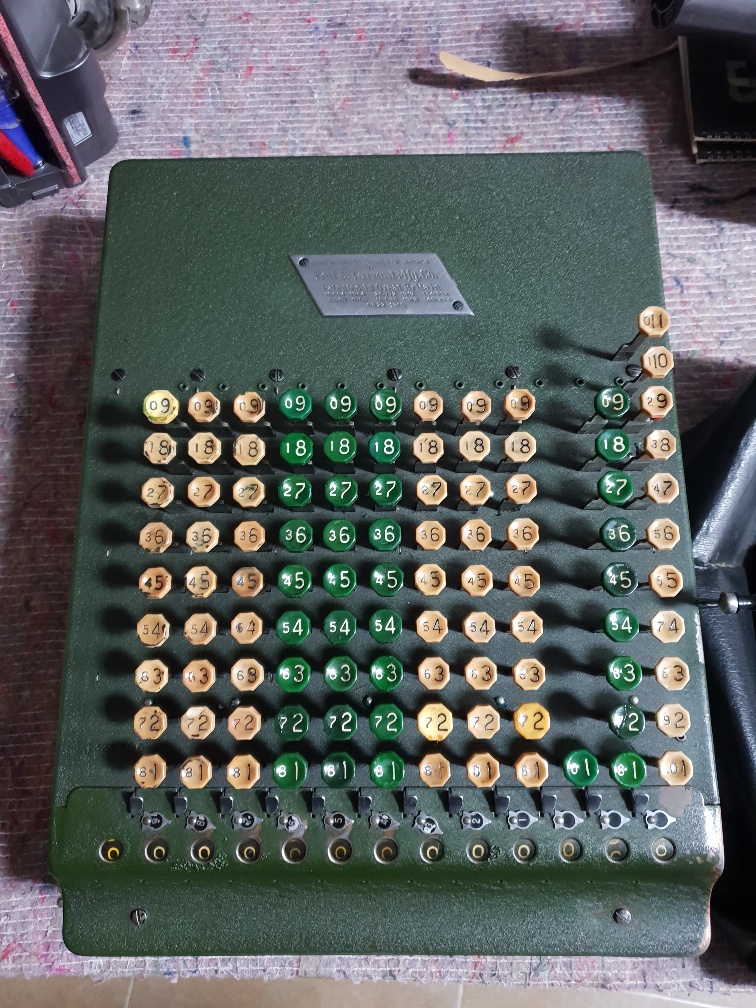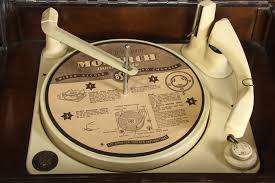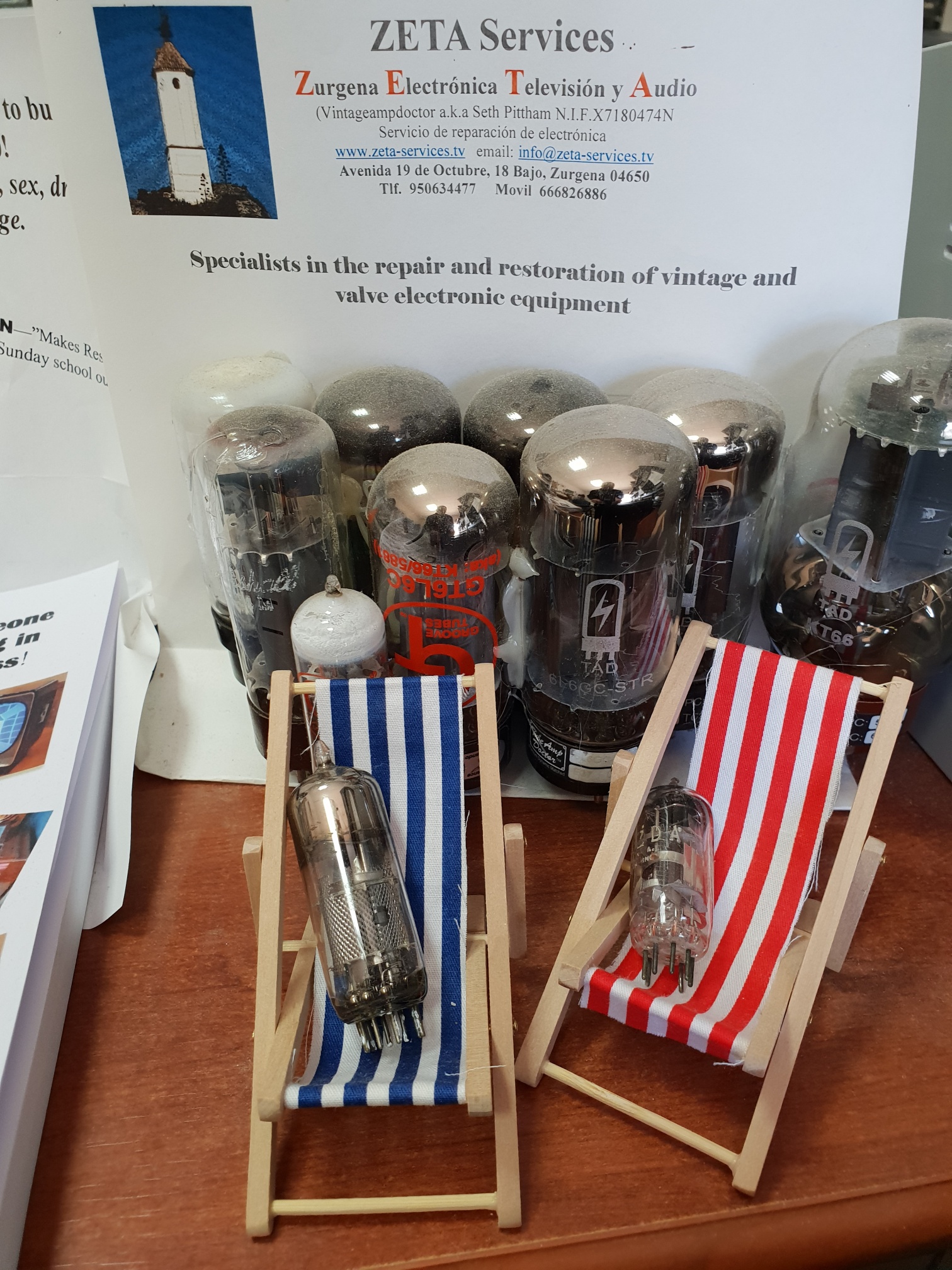
Celebrating 85 years of TV – Now in Colour!
Well, it is 85 years since the first official TV broadcasts were made from Alexandra Palace. The East Wing of Ali Palais had been converted into studios, dressing rooms and control booths in readiness for the few fangled TV transmission. A 200’ mast had been built with a sophisticated antenna system on top, capable of radiating TV signals around a 40 mile radius. November 2nd 1936 saw the first official TV transmission. A lady singing a song about the wonders of TV and an orchestra playing some classical material. There were two different TV systems proposed. One, from Logie Baird and the other from EMI. Over a month, alternate broadcasts were made using the two systems in order that the best standard could be decided on. It was estimated that 400 viewers, known as ‘lookers on’ tuned in! TV sets were quite sophisticated and had to cater for the two different viewing systems. Very expensive, about 6,000 quid by today’s money. Baird’s system was based on a mechanical scanning camera machine, which housed a fast spinning 7 foot disc. This had to be housed in an enclosure under vacuum, as the outer edges of the disc were travelling at supersonic speed. The disc span so fast, if it broke loose, it would take out half the UK. Ever tried moving a gyroscope about? This meant the camera could not be mobile. The resolution was 240 lines. EMI’s version used all electronic cameras that could be mobile and the resolution was 405 lines. EMI won. This system remained in use in the UK until 1985. Just shows you how good it was. Of course, this was a black and white system, but colour was on its way. I remember rescuing an old 405 line TV from a skip and getting it working and staying up to watch the last transmission being switched off in 1985. Sad. In ’64, UHF TV had started, with a higher resolution of 625 lines, with colour in mind. The audio was now transmitted in FM and free of interference.
Colour TV had been around in the USA since the late ‘40s. RCA had developed a system for transmitting colour signals working with the NTSC, National Television Standards Committee. This standard was also known as Never Twice the Same Colour. The system had flaws, in that early colour decoder circuits in the TV, struggled to resolve the correct colours. People’s faces would slowly turn green and blue over the course off an evening’s viewing. Sets had a colour hue control to compensate, and Chuck would have to get up from his god-damned-son-of-a- bitch chair to adjust every hour or so.
France adopted a colour system called SECAM, Séquentiel couleur à mémoire. It was the first European system to be developed; really only used in France. Like most things French, including the women and Citroën cars , it was a bloody complex system and a nightmare to work on. Smoke a packet of Gauloises, down a bottle of Dubonet, was the best way to attempt a repair to these complicated circuits.
Britain and most of Europe used a colour system called PAL, Phase Alternating Line. Developed in Germany (don’t mention the war, I think I got away with it), it was a simpler system and worked well displaying existing black and white transmissions.
1967 The start of UK Colour TV! BBC and ITV had been gearing up for colour. Radio Times proudly highlighted programs that were to be in colour. This was a massive boost to the TV rental businesses. Early Colour sets were not reliable. “Dodgy Bob” round the corner had been bodging black and white sets up to now. Colour sets demanded expensive tools and some proper knowledge. You had to have a good aerial and a strong signal. If not colour would fade in and out.
Philips G6. In ’67, Philips released a monster of a TV chassis. It was a mix of valves and transistors. Very hard to work on. Valves that gave off X-Rays, sterilising the engineers’ nether regions. You needed to be brave. Took 4 of you to get the set upstairs.
GEC. Late ‘60s-‘70s brought out a range of colour sets, Hybrid, a mix of valves and transistors. I have a soft spot for these sets. I bought them, ex-rental, by the car full, change a few parts that were known to go faulty and away the set went for another 5 years. They did however, have a tendency to catch fire, which some people thought was annoying.
Thorn 2000 Here we go. ’68, Thorn (Ferguson, Ultra, HMV..) designed an all transistor colour set! It had about 14 different circuit boards, massive cable looms, loads of preset controls to twiddle in the back. The sets were good and set the way for most makers’ development plans. Other Thorn chassis, 3000-9500 ran into the late ‘80s and were all good.
Mullard, Mazda made most of the colour TV tubes. Depending on how much the set was used, you might get 5-8 years before the picture went soft, out of focus, as the electron guns lost their emission. Lots of little companies set up, selling “re-gunned” tubes. You took your old tube in, the vacuum would be gently released carefully. The glass cut and old gun assembly removed. The new gun would be glass welded to the tube and a vacuum pump used to remove the air. Then, you took the tube back, refitted it to the set and spent the next day trying to set it up so the picture was watchable. Some of the re-gunning firms were rubbish! I always bought my ex-rental TVs for refurbishment and resale that had Toshiba tubes fitted. Shame, but these lasted so much longer.
We now have 60”, high definition, 3-D, Cinema sound and can watch TV on the move. I wonder what Logie Baird be saying about this?
Seth Pittham. Zeta Services, working hard for you.








